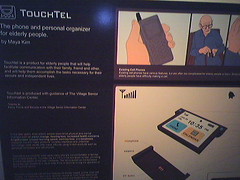The Management Myth by Matthew Stewart argues against the value of Winslow Taylor’s methods, an MBA education, and much of management theory. His tone is often snarky and flip, which is a shame because it undermines the delivery of some great ideas, such as this discussion of values:
…as anyone who has studied Aristotle will know, “Values” aren’t something you bump into from time to time during the course of a business career. All of business is about values, all of the time. Notwithstanding the ostentatious use of stopwatches, Taylor’s pig iron case was not a description of some aspect of physical reality — how many tons can a worker lift? It was a prescription — how many tons should a worker lift? The real issue at stake in Mayo’s telephone factory was not factual — how can we best establish a sense of teamwork? It was moral — how much of a worker’s sense of identity and well-being does a business have a right to harness for its purposes?
Someone else pointed this out to me recently by saying, “We know that McDonald’s has values. Because if they didn’t, they’d be selling crack.“




 About every third or fourth design student I meet has a concept for helping the elderly call for help from their homes. I just saw another one last night at the Parsons show. One might wonder why such devices aren’t widespread by now.
About every third or fourth design student I meet has a concept for helping the elderly call for help from their homes. I just saw another one last night at the Parsons show. One might wonder why such devices aren’t widespread by now.